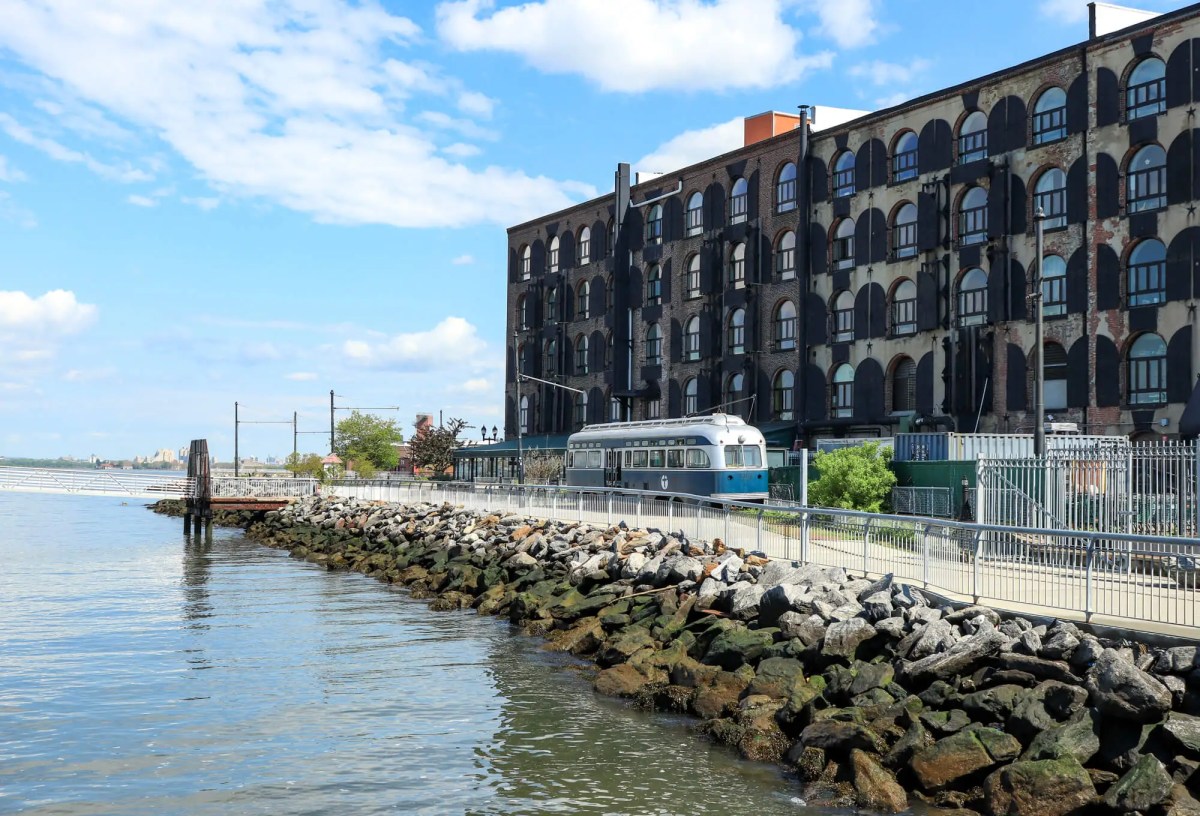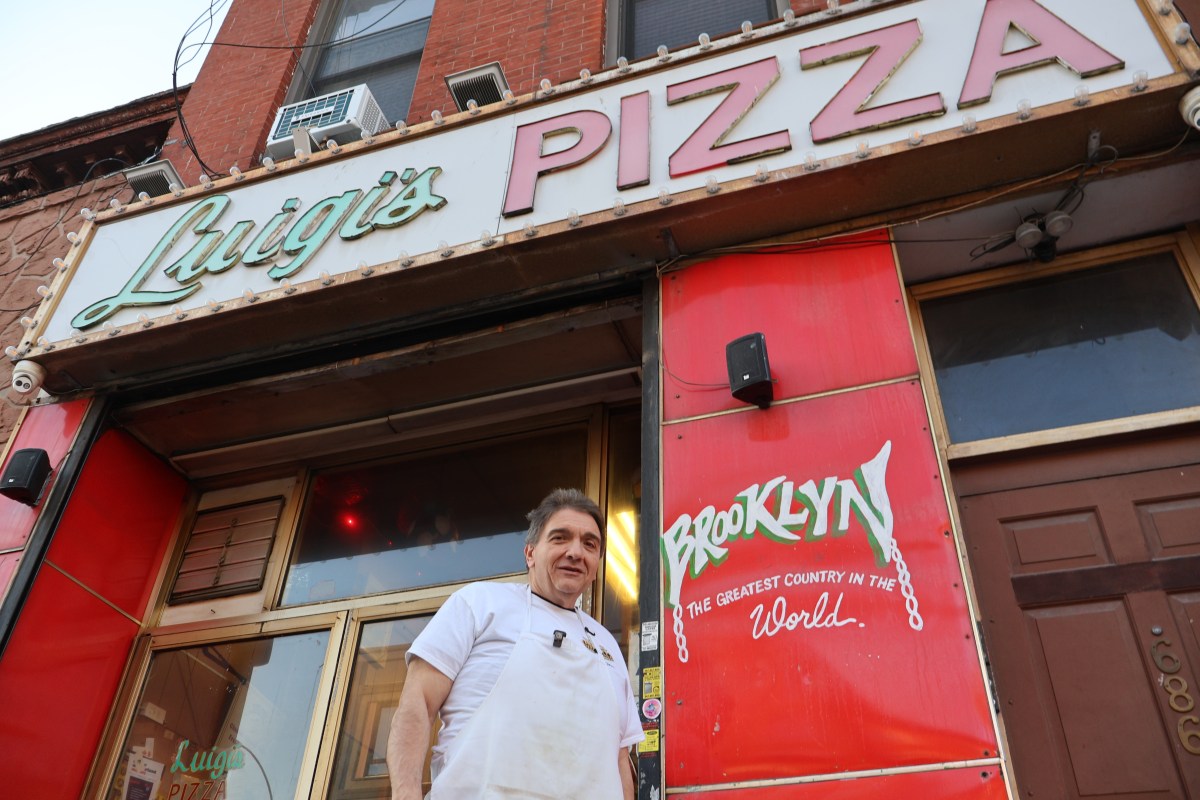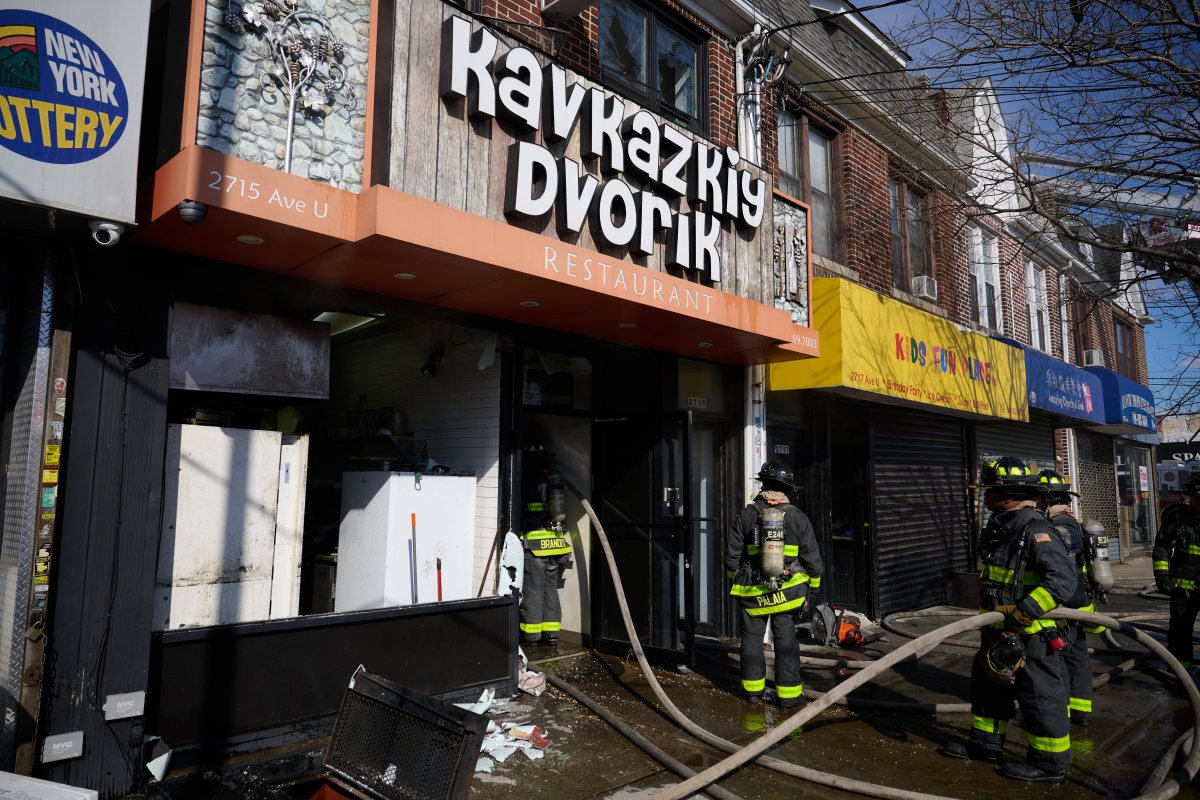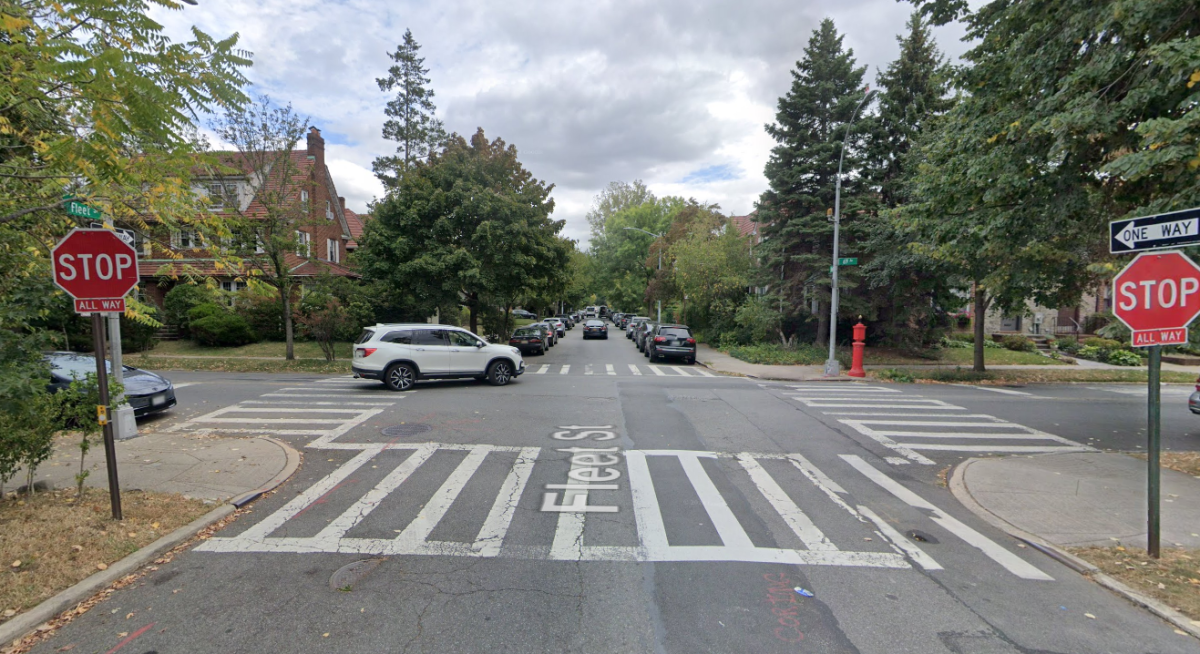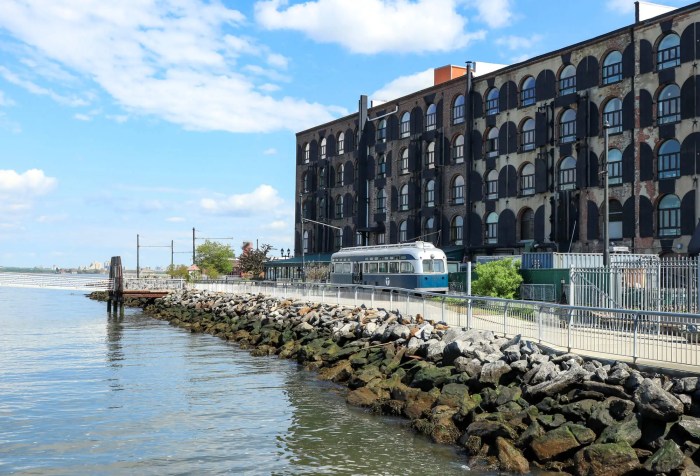By Martin Tessler
If New York were Hollywood the Bloomberg administration’s recent unveiling of its new Jets Stadium plan could be likened to filmdom’s trend toward making movie sequels. “Return of the Monster,” a/k/a Jets Stadium, produced and directed by the Bloomberg Studio, is nothing more than the resuscitation, resurrection and reincarnation of Rudy Giuliani’s earlier production of Yankee Stadium’s relocation from the Bronx to the West Side. The critics were unanimous in their negative reviews well before Studio Bloomberg ever entered the entertainment business with their new premiere production.
The new Bloomberg team, however, attempts to outdo the previous production by linking “Return of the Monster” with the city’s 2012 Olympic bid and the expansion of the Javits Center. It also links up with the City Planningless Commission’s long-range West Side development scheme by plugging in $2 billion of city money to extend the No. 7 Flushing/Times Sq. subway line, and proposes to spend another $800 million for a platform over the rail yards and for building streets and boulevards to open up West Side access. (Author’s note: the avoidance of the word “planning” is intentional.) City Planningless’ scheme is a grand undertaking (which I am not belittling) but the inclusion of a 75,000-seat stadium is a patent failure in land-use and transportation planning — neither of which has ever ranked high on its radar screen, if at all.
Support for “Return of the Monster” includes none other than the Empire State Development Corp. (Charles Gargano, executive producer), a group of veteran producers with the political clout for coming up with public funds to support politically connected entrepreneurs. E.S.D.C. loves to camouflage its deals under the guise of economic or job development, something that the Giuliani producers neglected to do in their original Yankee Stadium production. Under the proposed plan, E.S.D.C. will spend $600 million for its share of the platform and for the stadium’s retractable roof, while the Jets and their billionaire owner, Woody Johnson, are expected to cough up a mere $800 million. The new production gets additional support by virtue of the hotel industry and its labor unions that have signed onto the Javits expansion, which is linked to the new stadium that will house some convention and tradeshow events. The entire scheme is a Rubik’s Cube where everything is intended to fit together based on alternatives that have yet to be considered.
Studio Bloomberg’s head of production, Dan Doctoroff, deserves at least an Academy Award nomination for masterminding these linkages of stadium, Olympics, Javits Center expansion, No. 7 line extension and job development. Speaking of jobs, after the short-term stadium construction jobs are finished, has anyone asked whether hot dog, beer and peanut vending jobs are the type we want to create with these vast public subsidies? The answers will have to come very fast, as the producers have left us with a very short window for decision-making. The plans have advanced to the point where groundbreaking for the stadium is to be underway by 2005 if the International Olympic Committee is to consider New York City’s bid for the 2012 Olympics as serious. One must also remember that the city’s Uniform Land-Use Review Procedure does not apply to E.S.D.C. projects, so this will be a fast-track process with minimal if not total lack of public feedback.
The rush to an Olympic stadium as well as a football stadium suitable for the Jets begs the question as to why the Hollywood types have not considered building a new Shea Stadium in Flushing? There is sufficient land available that does not need platforming. Moreover, the abundance of land would make it possible to build a new Shea without disrupting the present stadium, which is in dire need of a major renovation if not demolition as has been done with other Major League stadiums of the same vintage. Best of all, the No. 7 line is already there and does not need a $2 billion infusion of funds that the city does not have. This would take the edge off the hasty timing issue that the Bloomberg Studio has tried to box us into. Most important of all, it obviates a horrendous traffic problem both during the construction phase and afterward on game days and other days that the stadium would be utilized. This is an issue that the City Planningless Commission has chosen to ignore in its West Side scheme. Has anyone looked into the impact that placement of a 75,000-seat traffic generator along Route 9A is going to have on Manhattan? For those of us who struggle through mere street-fair closings this will be major league in more ways than one, even if it’s only 20-30 days out of the year.
The $2 billion that the city wants to fund for the No. 7 line should instead be used to jumpstart the Second Ave. subway that has been allowed to languish for over two decades. Since the Javits Center and the Metropolitan Transportation Authority are state entities, their expansion costs should be the responsibility of the state, which could recoup its investment either from: 1) a hotel tax; 2) a special M.T.A. surtax on mortgage or real estate transfer taxes on property developed as part of the West Side scheme.
This production needs to be sent back to the Bloomberg Studio’s re-write department — the current plot is a rehash of the Giuliani original, although it does contain some novel plot twists; nobody is about to spend time in line waiting to buy tickets unless the producers come up with some alternative endings that leave the audience wanting to come back for an improved Version II.
Tessler is chairperson of Community Board 2’s Institutions Committee.
















